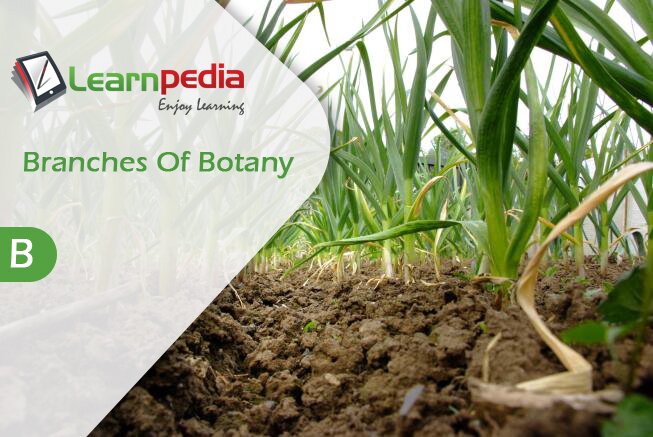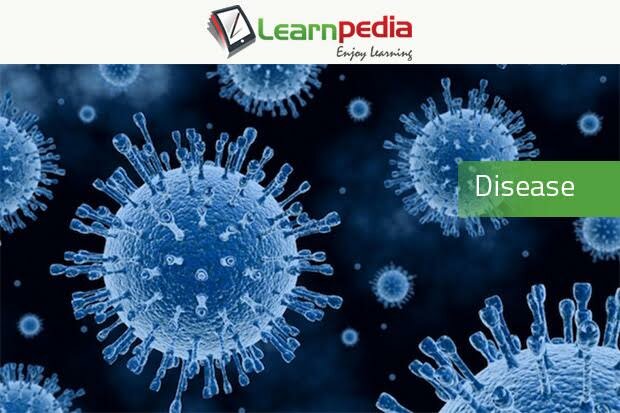Diversity in the Living World
The number and types of living organisms in this world is very vast. Different species of plants and animals that are known to us are about 1.7 to 1.8 million in number. Inspite of this biodiversity, all living organisms, past or present, are linked to one another by the sharing of the common genetic material but to varying degree.
Classification
The art of identifying distintions among organisms and placing them into groups to determine thier relationships is called classification. Thus classification is grouping and ranking of organisms on the basis of similarities and dissimilarities. Its purpose is to organise the vast number of known plants and animals into categories that could be named, remembered and studied.
No system of classification is perfect. With time, criteria for classification are changed and accordingly the classification is changed. Thus classification is dynamic.
Taxonomy ( Gr. taxis = arrangement; nomos = laws i.e., arrangement by rules ) is the branch of biology concerning with study of classification of organisms according to their resemblances and differences. Scientists who study or contribute to the classification of organisms are called Taxonomists.
Systematics ( Gr. systema = systems or order or sequence) is the study of the diversity of organisms and their identification, naming, classification and evolution. Thus systematics is the study of diversity and differentiation of organisms and the phenotypic, genetic and phylogenetic relationships that exist between them.
The purpose of classification is
(i) To establish evolutionary relationships among different organisms
(ii) The Grouping of organisms makes their stdy convenient and helps them to identify. Like species, the classification is also dynamic.
In general, there are three components ( aspects ) of taxonomy :
- Classification : Arrangement of oraganisms into groups on the basis of their relationships.
- Nomenclature : A system under which the individual taxonomic groups of organisms are scientifically named for their easy recognition.
- Identification : It is the finding of correct name and place of an organism in a system of classification to determine similarities and dissimilarities with the help of biological keys. It is the first step of taxonomy.
Systematics is divided into two parts :
- Classical/Old/Descriptive Systematics.
- New Systematics ( Bio or Neo-systematics*)
Learnpedia offers comprehensive test-prep programs for JEE and PMT. Click here to see the various options you can choose from







